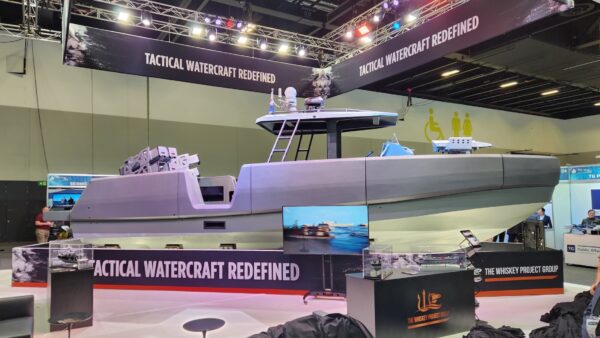The IMO Convention for Safety of Life at Sea (SOLAS Chapter V, Regulation 23) sets out the principal requirements for the rigging of pilot ladders. There is further detailed technical specification for pilot ladder in IMO Resolution A.1045 (27).
Though above Regulation (SOLAS Regulation V/23) is applicable since 1 July 2012, deficiencies with regard to boarding arrangements and unsafe rigging of pilot ladders continue to be detected during port state control inspections, resulting in delays and financial penalties for the ship operator.
Australian Maritime Safety Authority (AMSA) has now issued Marine Notice No. 19/2015 highlighting the above concern and has informed that AMSA inspectors while conducting Port State Control inspections will pay particular attention to the condition and rigging of pilot ladders.
MSC.308 (88) adopted amendments to SOLAS Regulation V/23 to enhance the safety of pilot transfers. The new regulation prohibits use of mechanical pilot hoists on all ships on or after 1st July 2012. Furthermore, shipside doors used for pilot transfer should, if necessary, be modified to open inwards not later than the first safety equipment survey on or after 1st July 2012.
Salient points from IMO Resolution A.1045 (27) are mentioned below.
* A pilot ladder should be certified by the manufacturer as complying with SOLAS, Chapter V/Reg.23 or ISO 799:2004.
* The steps of the ladders should be made of hardwood, in one piece and non slippery.
* The steps should not be less than 115 mm wide, 25 mm in depth and should be not less than 400 mm between the side ropes.
* The steps should be equally spaced not less than 310 mm or more than 350 mm apart and they should be secured in such a manner that each will remain horizontal.
* No pilot ladder should have more than two replacement steps which are secured in position by a method different from that used in the original construction of the ladder.
* The retrieval line should be fastened at or above the last spreader step and should lead forward.
* A permanent marking should be provided at regular interval (e.g. 1 m) throughout the length of the ladder in order to facilitate the rigging of the ladder to the required height.
* The side ropes of the pilot ladder should be made of manila and should consist of two uncovered ropes not less than 18 mm in diameter on each side and should be continuous, with no joints and have a breaking strength of at least 24 KN per side rope.
Where Accommodation ladders is used in conjunction with pilot ladders (ships with freeboard of more than 9 metres).
* The length of the accommodation ladder should be sufficient to ensure that its angle of slope does not exceed 45 deg and the accommodation ladder should be at least 600 mm in width.
* The lower platform of the accommodation ladder should be in a horizontal position and secured to the ship’s side when in use. The lower platform should be a minimum of 5 m above sea level.
* The pilot ladder should be rigged immediately adjacent to the lower platform of the accommodation ladder and the upper end should extend at least 2 m above the lower platform. The horizontal distance between the pilot ladder and the lower platform should be between 0.1 and 0.2 m.
The rigging of the pilot transfer arrangements and embarkation of a pilot shall be supervised by a responsible officer and associated safety equipments such as life jackets, harness, life lines and lifebuoys should be in place to assure the safety of personnel.
Ship owners / managers are requested to be guided by above and ensure pilot ladders onboard are complying with the requirements of SOLAS Chapter V, Regulation 23 and IMO Resolution A.1045 (27) to avoid any deficiencies during Port State Control Inspections.
Source: Maritime Today


